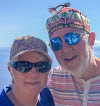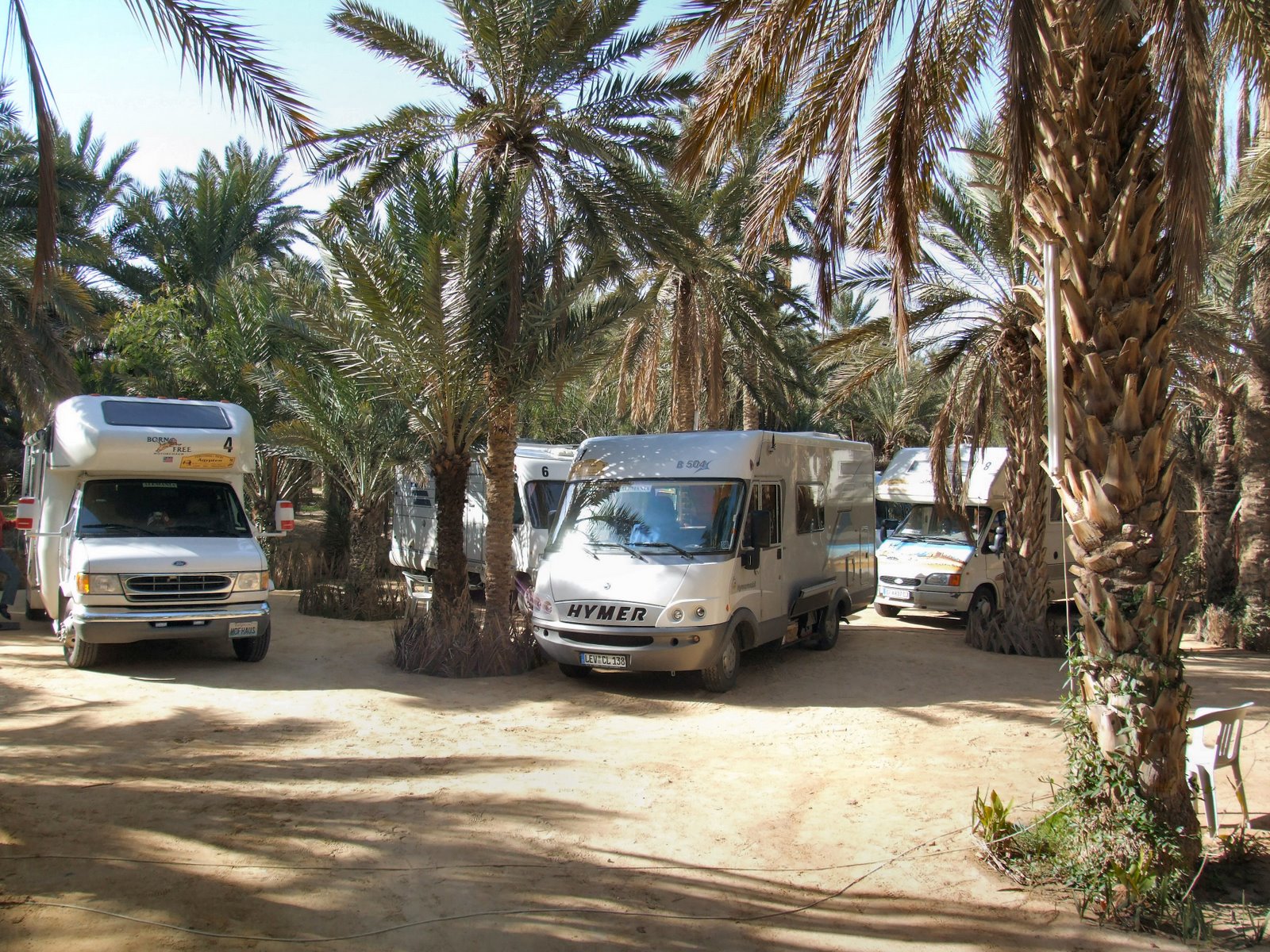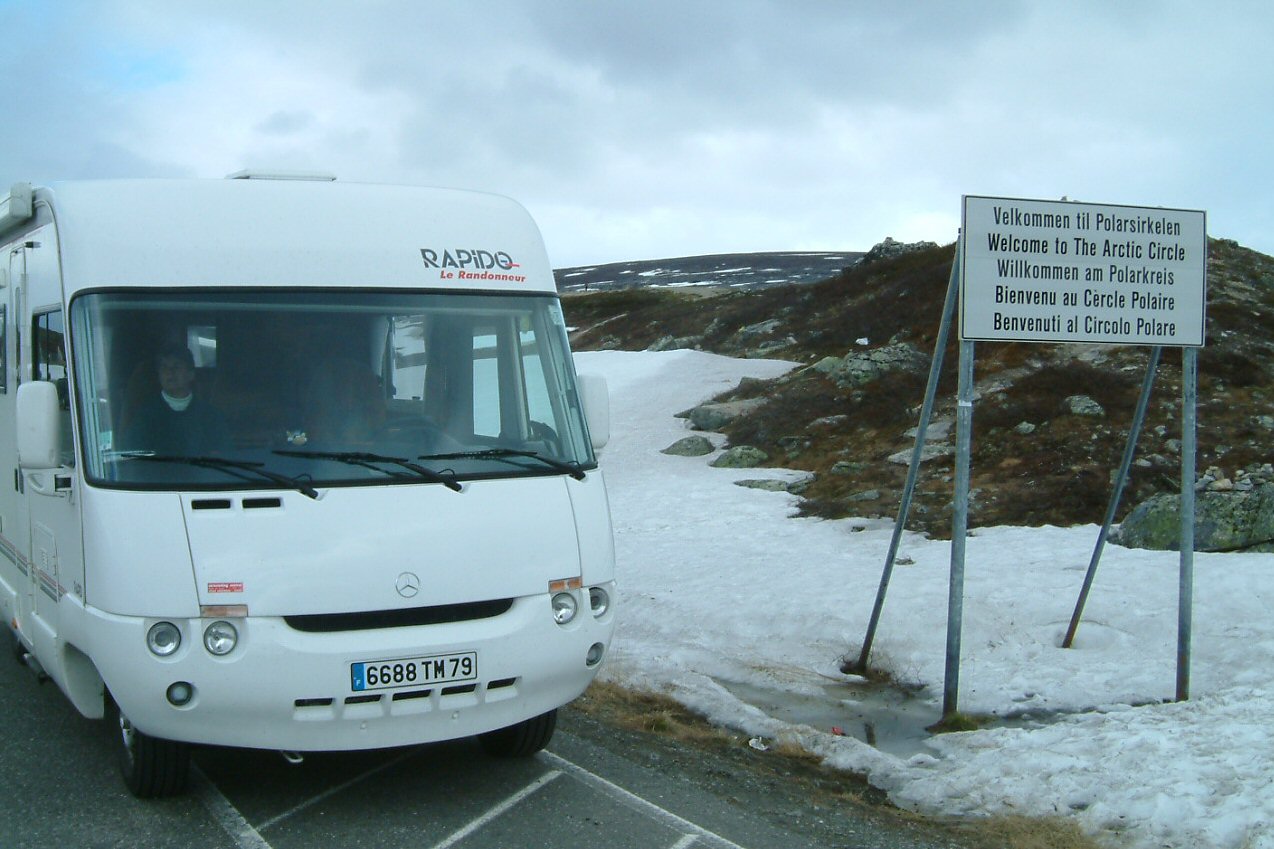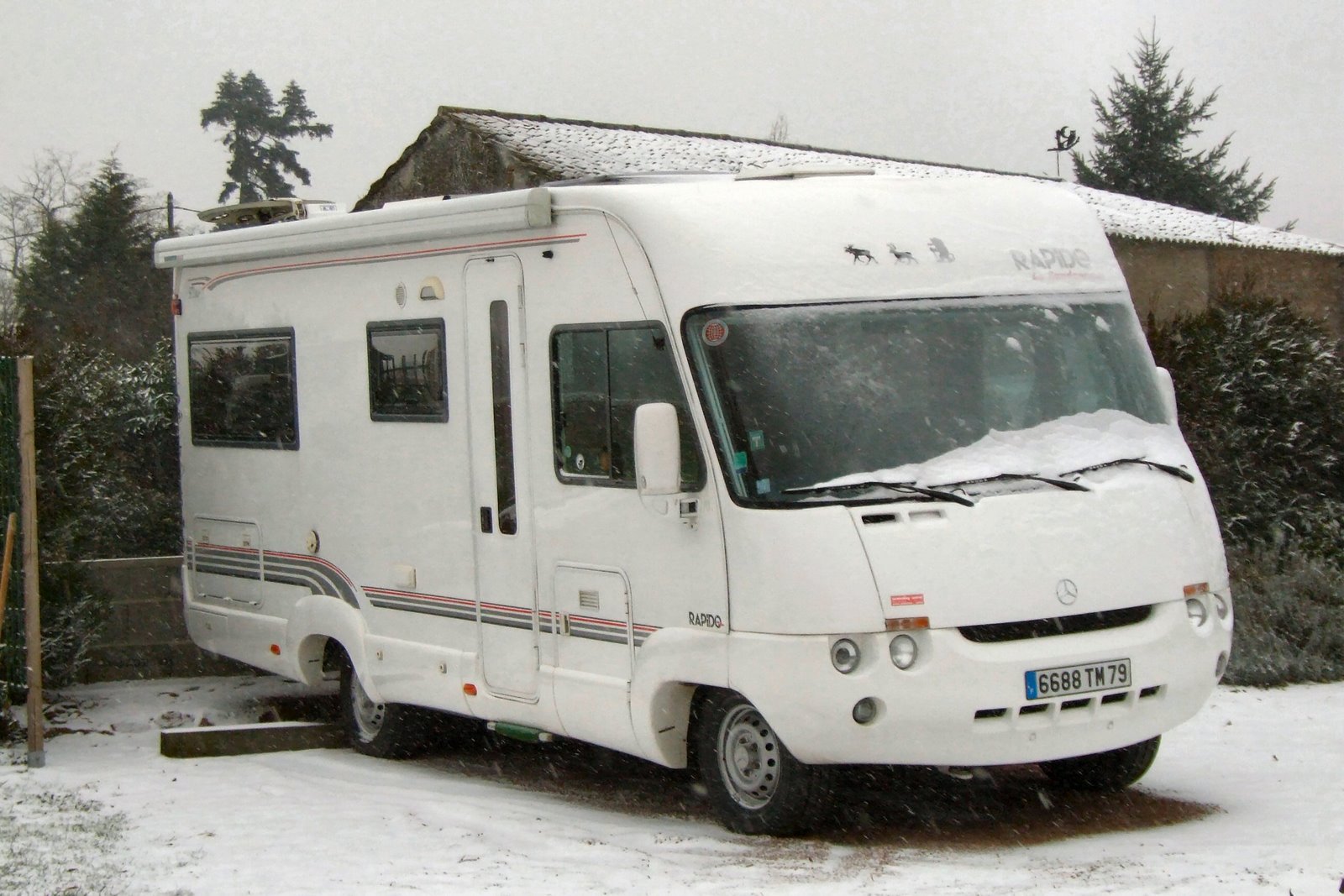The Silk Road
25,000 kms in 6 months, from mid April until October, will see us travel along the famous Silk Road from the Mediterranean to Beijing. Our return journey will be across the Gobi desert in Mongolia and then across Siberia and almost the whole length of the Russian Federation to Moscow. Back in Europe the final leg of this magnificent journey will be through Belarus, Poland and Germany.
 Our plan is to leave home on the 16th April and take a slow drive to the Italian border near Monaco. All being well our first stop will be Auxerre followed by a ride down the Rhone Valley to Aix en Provence. We will camp at Aires de service along this route rather than campsites since this is a routine we have got used to over the last 6 years. This is a journey we have done many times to begin our earlier journeys to North Africa and the Middle East in 2006, and last year when we toured Sicily, Sardinia, Elba and Tuscany, and earlier in 2005 coming back from Romania, Slovenia and Croatia.
Our plan is to leave home on the 16th April and take a slow drive to the Italian border near Monaco. All being well our first stop will be Auxerre followed by a ride down the Rhone Valley to Aix en Provence. We will camp at Aires de service along this route rather than campsites since this is a routine we have got used to over the last 6 years. This is a journey we have done many times to begin our earlier journeys to North Africa and the Middle East in 2006, and last year when we toured Sicily, Sardinia, Elba and Tuscany, and earlier in 2005 coming back from Romania, Slovenia and Croatia.
In a day we will drive across northern Italy to Venice, fortunately the motorway across is good but busy and hopefully we will miss the busy periods at Turin and Milan. If our planning has worked we will have a couple of spare days before we catch the ferry to Igoumenista in Greece. This will be the last chance to make sure everything is right with our motorhome and to visit the heart of Venice for some sightseeing and shopping.
On Wednesday 23 our ferry should leave, we are camping on board so our motorhome is loaded on the deck and we sleep and cook as normal in our own home. The trip takes about 24 hours sailing south through the Adriatic Sea past Albania and docking in the Greek mainland opposite the island of Corfu.

A day’s drive from the port is Meteora, with its famous Monasteries. We have camped here before in 2006 and look forward to a meal in nearby Kalambaka. From there we head for Thessaloniki on route to Alexandropoulos and the Turkish border.

Fortunately Istanbul is only about 3 hours drive from the border, and a good campsite can be found near the airport. This is a great base to visit the Souk, the Blue Mosque and from previous experience the restaurants in the Fish Market.
The Silk Road originally ended at Antioch, now called Antakya, which is on the Mediterranean coast near the border with Syria. We visited there in 2006 after leaving Syria and interestingly it is the place where the followers of Christ were first called Christians even though it is now a Muslim country.
From Istanbul we leave Europe and continue our eastern trek via Ankara, the capital, to Mount Ararat and the Iran border. We will take the northern route to stay well clear of the Iraqi border and the Kurdish homeland. The snow will have just cleared and the mountain passes should be clear and open. Fortunately we have got used to the endless queues and delays at border crossings and I am sure that entering Iran will be no different even though we have visas and all the correct documentation. We have been warned that attempting to import alcohol or pork is a criminal offence so we will finish any wine we have left. As I write this we have just had 16 photos taken and printed off the 36 pages of application forms for all the visas. The documentation for entering with your own vehicle is endless and when we will be coping with 12 languages and 12 currencies you can appreciate the amusement. The route has buffer days built into avoid problems and that is hopefully enough to cope with delays, extra stops and the poor roads.

Our journey through Iran takes us to Tabriz and then to the capital Tehran. Here our German friends have arranged for us to camp on the University Campus which gives us ample opportunity to see the sights. From there we go to Esfahan and then Mashhad towards Turkmenistan. Given the relationship Iran has with the “West” this part of our route should be particularly interesting. Someone who did the route a couple of years ago said the Iranians were very friendly and keen to talk to westerners who took the trouble to visit their country. Esfahan is one of the oldest cities in Iran, at least 2500 years old, and was the Persian capital for hundreds of years. I cannot wait to see the Khajou Bridge, which looks quite spectacular, over the large river The Zayandeh-Rood.
The Silk Road had many routes through the mountains and we will be taking the northern route to avoid Afghanistan. So next stop Turkmenistan and a full day almost certainly spent in a series of windswept compounds as we tackle another border crossing. By now we have been travelling for 5 weeks and the last week of May is approaching.

We will only be in this country for 4 or 5 days on route to Samarkand but will have time to visit Ashgabat, the capital, Mary and Turkmenabat which is a hub for the Trans-Caspian Railway. This former soviet state will be a real contrast to the Islamic Iran and our 6th country and another chance to try and understand the Cyrillic alphabet. The following quote probably sums up this country “the most curious of the Central Asian republics, Turkmenistan resembles an Arab Gulf state without the money. It's the second largest Central Asian country, but four-fifths of it consists of an inhospitable lunar-like desert called the Karakum which conceals unexploited oil and gas deposits.”
We leave Turkmenistan and head towards Bukhara in Uzbekistan.

We are in Uzbekistan for about 10 days so plan to spend time in Samarkand and Tashkent before heading towards Fergana and the Kyrgyzstan border. Samarkand has existed since 700BC and although not in Iran the locals speak Iranian (Farsi). Conquered by almost everyone since Alexander the Great in 329BC it is now a UNESCO World heritage site. Tashkent, the capital of Uzbekistan, now with a population of over 3 million, started as an Oasis on the Chirchik River and was destroyed by Genghis Khan in 1219.
Lonely Planet says that Uzbekistan, in the ancient cradle between the Amu-Darya and Syr-Darya rivers, is the most historically fascinating of the Central Asian republics. Within it are some of the oldest towns in the world, some of the Silk Road's main centres and most of the region's architectural splendours.
Hopefully the border formalities in Kyrgyzstan will only take a few hours but you soon learn to just join the numerous queues.

This simplified map of Kyrgyzstan fails to show the mountainous nature of this small central Asian Republic so our route is somewhat circuitous and takes 10 days to get to the Torugart Pass. If the roads are passable we should go through Toktogul, Bishkek, Naryn and At-Bashy before trying the infamous mountain pass into China. The national sport of kok boru resembles an all-out brawl on horseback. All you need is a dead goat and a pony with a death wish. The actual rules are obscure (I'm not sure there are any) but it's got to be exciting to watch - especially when a quick little kid makes off with the headless carcass, hotly pursued by a mass of angry riders.
Kyrgyzstan we have been told is rich in forgotten traditions, friendly people and towering mountains, and one way or another it has a habit of leaving travellers flabbergasted and breathless - and not just from the altitude.
The Torugart Pass, in the Tian Shan Mountain range, rises to an elevation of 3,752 m (12,310 ft) and is totally impassable for 6 months a year. Every place we look it says this border crossing is not open to foreigners but we know it has been done so it should be interesting when we get there. You can never take photographs at borders so this photo of the Chinese border from web is the best we are going to get.

We remain assured that the small border post will not only be open but it will process our entry into the People’s Republic of China. Here we get Chinese number plates and driving licence plus we should meet our Chinese guide because you cannot, as foreigners, drive through China without your official guide. Fortunately as we are a group the costs are shared so it becomes reasonable economical.

From the border we remain on the Silk Road down to Kashgar, which is still at a height of 1,290m, before turning north east towards Turpan. It sounds simple but we have first to tackle the Taklamakan Desert described as the bleakest place on Earth. This is a cold desert with temperatures falling to -20 during the winter and recently and for the first time it was completely covered in over 1 inch of snow. The Chinese have built a cross-desert highway across the barren landscape so we will just have to find out what that means and how good it is when we get there.
This photo, of the Taklamakan Desert, makes the Sahara look a piece of cake and not for the feint hearted. With the desert behinds us we reach Turpan and more importantly the Turpan Depression which is the second lowest exposed point on the Earth’s surface, after the Dead Sea which we went to in 2006. At the centre of the basin lies the Moonlight Lake at 155m below sea level.
By the time we leave Turpan it should be late June and we will have done 10,000 kms. From this point we drive almost directly east for a further 3300 kms towards Xian. The journey to Xian will take over 2 weeks and that will give us plenty of time to visit many interesting sights and sites on route. We will go through Hami, Minghoshan, Jiayuguan, Wuwei, Lanzhou and Tianshui (only recently opened to tourists). Lanzhou at an altitude of 1500m is at the headwater of the Yellow River and is dotted with Parks, Temples and Pagodas just in case we haven’t enough by then. We visited Xian in 1994 and are keen to see how the Chinese have continued the excavation of the Terracotta Army and the Tomb of Qin Shi Huangdi. Xian was always seen as the end or indeed the beginning of the Silk Road so from there we tread a new path of our own design. In fact we will take two weeks to do the 1200 kms to Beijing via Luoyang.
As you would expect the Chinese authorities won’t let us camp in the middle of Beijing so our one week stay there is in a Hotel with our campers parked outside, with 24 hour guards, and plugged into the mains electricity (this is exactly what we had to do in Aswan in Egypt in 2006). I am going to speak to Mercedes Benz this week to see where the local dealer is and ask them to translate “Can you change my oil and filter”. We have visited Beijing before but I am sure we will go again to the Summer Place and the Forbidden City because they were so fascinating.
Driving through Beijing is going to interesting as the population exceeds 17,000,000 and if that song is right there are 9 million bicycles there so it might be a little slow going.
As we leave Beijing it will be less than a week before the 2008 Olympics begin, but we know all the tickets have been sold already and prices of everything will just go up so time to leave. From Beijing we head North West towards Mongolia going through Datong, Daihai-See and Sisiwang Qi to Erenhot the border town.

We enter Mongolia on 31 July (day 110). Almost immediately we are in the Gobi Desert and the roads there are so bad we have to put our camper on a flat bed train and spend two days crossing the desert.

This photo was taken by a friend who joined a Perestroika group to do this trip and everyone just lives and sleeps in the van for the 3 day journey. When we detrain we are in Ulaanbaatar the capital of Mongolia.
Due to its high elevation (1350m), relatively high latitude, and location hundreds of kilometres from any coast, Ulaanbaatar is the coldest national capital in the world with brief, warm summers and long, very cold and dry winters. It has an average annual temperature of -1.3 °C (29.7 °F). I get the impression there is little sightseeing opportunity but am sure the shops and restaurants have much to offer. We leave the capital and head for the Russian border at Sukhbaatar.

Having entered Russia before from Belarus in 2004 we know what to expect, we will have our visa but need Russian Insurance for the van and the essential vignette. Then they move you from compound to compound and having finally searched the vehicle and stamped everything we are free to leave.
The first town we encounter is Irkutsk near Lake Baikal, said to be the deepest in the world, and from there we have a 7,000 kms drive to Moscow across Siberia. Winters here start quite early so we are planning to be in Moscow by the second week of September so that we get the “best” of the weather. Our journey across Siberia will take us to Tajset, Krasnojrsk, Novosibirsk, Omsk, Golischmanovo, Kurgan, Miass and Kazan. From there we enter Europe and the Volga basin and take the final road to Nishnj Novogrod and Moscow. Judith has found the names of all these places in Russian and armed with our 3€ Russian road atlas, printed totally in the Cyrillic alphabet, we should be able to find the route without too many diversions. It is going to take almost a month to cross Siberia so we have lots of time to look at what, if anything, there is too see. We just got two books of this part of the trip to read so I am sure when the time comes we will have quite a bit planned but at the moment it seems to be a long way off.
After a couple of days in Moscow we head for Smolensk and the border with Belarus. The exit from Russia is likely to be just as lengthy and boring with the usual searches. Of course we stop at the very last place to fill with diesel and spend our last roubles because you technically can’t take them out of the country.

Entry into Belarus from previous experience is quite quick, only a couple of hours, once we have paid the compulsory contribution to the state health system. From the border we go to Minsk and if I am right we will camp in a small wood where there is a soviet missile launcher facing west. When I asked last time we were there the only answer I could get was “Berlin 7 minutes!” Belarus still suffers badly from the Chernobyl disaster with many people dying every year from radiation illness; indeed a large part of the country is still unoccupied. We move on to Brest where I hope we can meet a friend, Sergey, who was our guide in 2004, before crossing the border into Poland and back into the European Union.

In a couple of hours we will be in Warsaw having driven at least 25,000 kms in 156 days. If all goes well we will be home in early October.









